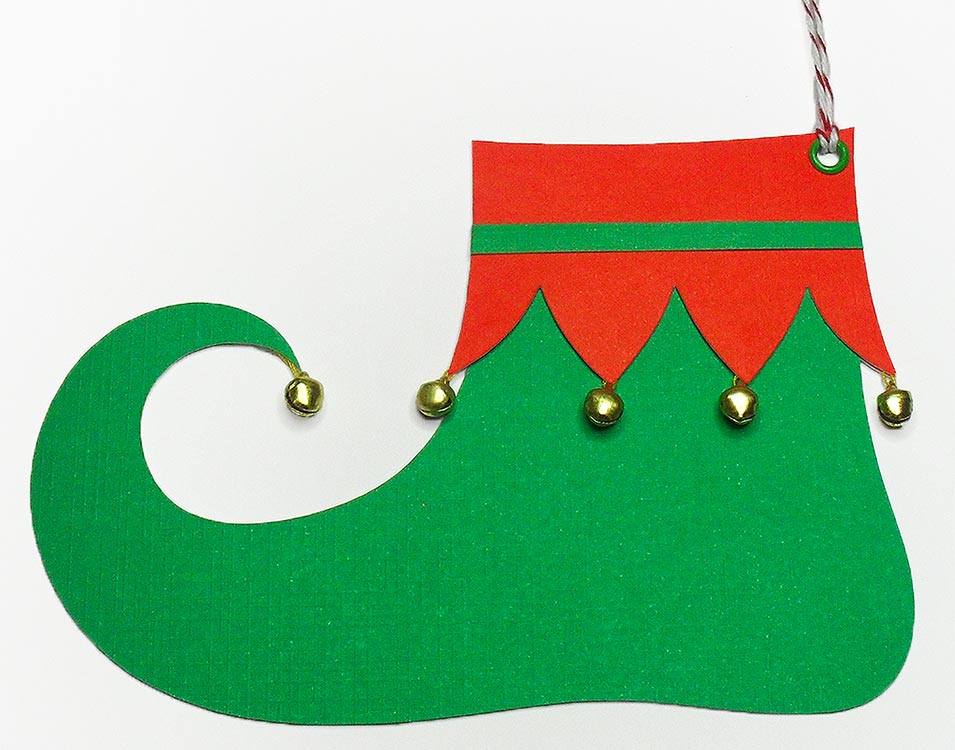

For Segger I can install the GNU ARM Eclipse plugins or to use the Segger external tools to download binaries.īecause ‘programming binary files’ is not a standard feature of Eclipse, every vendor comes up with its own ways. For P&E the support is the same as with the GNU ARM Eclipse Plugins. If using the standard MCUXpresso IDE V10.0.0, then there is the LinkServer dialog which supports the LPC-Link2/Link connections. For the GNU ARM Eclipse plugins and the P&E plugin all what I need is to specify the binary file. Kinetis Design Studio, or if you install them into MCUXpresso IDE) have the most flexible options to download binaries to the target. Kinetis Design Studio), use a dummy project use that file for the debug session:Ĭurrently users of the GNU ARM Eclipse plugins (e.g.

O (extra OS processing required) o (OS specific), p (processor specific)įor the P&E debug connection (MCUXpresso IDE or e.g. I (info), L (link order), G (group), T (TLS), E (exclude), x (unknown) W (write), A (alloc), X (execute), M (merge), S (strings) Name Type Addr Off Size ES Flg Lk Inf Al Start of section headers: 26956 (bytes into file) Start of program headers: 0 (bytes into file) This adds a ELF header to the file which I can inspect/verify with the ‘readelf’ GNU programm: arm-none-eabi-readelf.exe -a I can make a elf file out of a bin (raw binary) file with the GNU ‘objcopy command (see “ Converting a Raw Binary File into an ELF/Dwarf File for Loading and Debugging“): arm-none-eabi-objcopy.exe -input-target=binary -output-target=elf32-little myApp.bin The P&E connection is not able to load a raw binary file directly, it only recognizes a file with a header file. With using the MCUXpresso IDE, there is a LinkServer GUI Flash Programmer (see “ Using the LPCXpresso V2/V3 Boards to Debug an external Board“): The file formats supported depend on the connection type: With MCUXpresso IDE V11, the GUI Flash Programmer supports LinkServer, P&E and Segger connections. Converting, merging and manipulating binary files: I use the SRecord tool (for all kind of other formats too!), see “ CRC Checksum Generation with ‘SRecord’ Tools for GNU and Eclipse” and “ Merging S19 Files“.Kinetis Design Studio or using GNU ARM Eclipse: see “ Binary (and S19) Files for the mbed Bootloader with Eclipse and GNU ARM Eclipse Plugins“.MCUXpresso IDE: see “ MCUXpresso IDE: S-Record, Intel Hex and Binary Files“.It is basically a ‘memory dump’.Įach format has its own pros and cons, see “ S-Record, Intel Hex and Binary Files” for a more detailed overview. Binary: In this format, the data is written in binary form, without address information.Intel Hex: textual file format (similar representation as S19).S19/S-Record: textual file format (type, address, size, code, checksum).That ELF/Dwarf file usually gets converted into different binary formats more suitable for programmers or boot loaders, and they do not include the debug information:
List of boot.elf files code#
This file format has the code and data, plus the debug information (which is *not* downloaded to the target and only used for debugging).

List of boot.elf files how to#
But there are ways how to download and program an application without a project. That launch configuration needs a ‘project’, so programming a board without a project is not the usual thing. The normal way in Eclipse to download a binary to the target is to use the debugger with a so called launch (or debug) configuration.


 0 kommentar(er)
0 kommentar(er)
